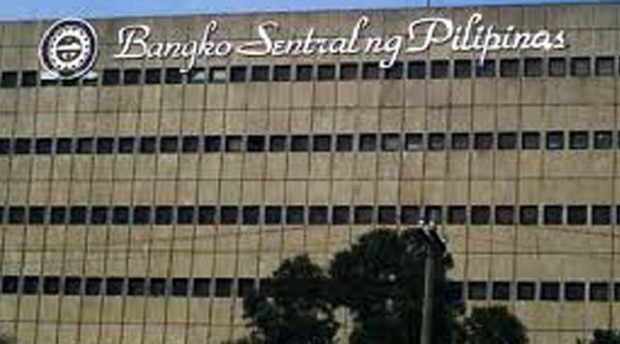
(File photo from Philippine Daily Inquirer)
Citing “good” rates being offered by China, Japan and South Korea to finance priority projects and programs, economic managers on Tuesday increased the share of foreign borrowings to the total financing program in the next five years.
The Cabinet-level Development Budget Coordination Committee (DBCC) also raised the foreign exchange rate assumption for the period 2018 to 2022 to 50-53:$1, from 49-52:$1 previously, on expectations of a weaker peso in the medium term.
Felipe M. Medalla, a member of the Bangko Sentral ng Pilipinas’ Monetary Board, told a press conference that the DBCC adjusted its forex assumptions not only for this year but also for the medium term in light of the huge fiscal stimulus in the United States.
“Tax cuts alone are a trillion dollars; US unemployment rates are low… There’s really no other direction but for US interest rates to rise. Therefore, there will be clearly movement of money to the US,” Medalla explained.
Also, Medalla noted that the “fairly high” economic growth expected in the coming years will also jack up mostly dollar-intensive imports for capital expenditures.
The DBCC kept the 7-8 percent gross domestic product (GDP) growth target for 2018 to 2022 following a 6.7-percent expansion in 2017, among the fastest across emerging Asian economies.
In line with the plan to sustain robust economic growth, the government will ramp up foreign borrowings to finance the budget, which will reach P3.469 trillion in cash next year.
The DBCC, hence, adjusted the financing program to 65-percent domestic, 35-percent external for this year from the 74:26 mix approved during its meeting last December.
“With the pre-funding exercise in the sale of treasury bonds in fiscal year 2017, there is a lower requirement for local financing in 2018,” the DBCC explained in a statement.
As for foreign borrowings this year, it can be recalled that the Philippines in January sold a total of $2 billion in 10-year dollar-denominated global bonds at a coupon rate of 3 percent.
Last month, 1.46 billion renminbi or about P12 billion in three-year panda bonds were issued in China at 5 percent.
The government also plans to sell between $500 million and $700 million in yen-denominated samurai bonds in Japan before yearend.
For 2019 to 2022, the borrowing mix will be 75:25 in favor of domestic sources, even as there was an increase in the share of foreign borrowings from 20 percent previously.
As for the adjusted financing mix for the next four years, the DBCC explained that the government was “diversifying its investor base and tapping new markets to meet its financing requirements at the most cost-efficient manner.”
Despite a programmed increase in foreign borrowings, “the debt-to-GDP ratio is also projected to continue its decline from 42.1 percent in end-2017 to as low as 38.9 percent in 2022,” the DBCC added.
Budget Secretary Benjamin E. Diokno said the new borrowing program would “allow the Philippine government to take advantage of foreign loans.”
“We are getting offers from both China and Japan—good rates, for example, for the Metro Manila Subway [project]. We’re going to get the best terms possible… South Korea is also offering. Because of these possibilities, we have raised the amount of money [to be borrowed] from foreign sources,” Diokno said.
Interest rates for Chinese loans are at about 2 percent, Diokno noted.
The recently approved official development assistance from Japan for the subway, meanwhile, will be slapped interest of only 0.1 percent, with a repayment period totaling 40 years, including a 12-year grace period.
For Medalla, what was more important was that the government would secure financing for “good” projects. /jpv

